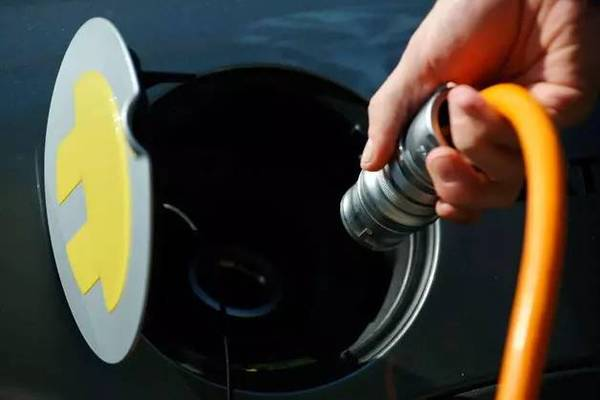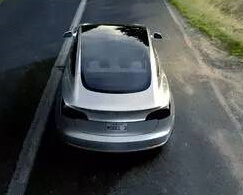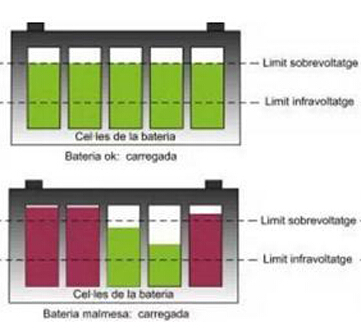Although more and more countries are now advocating the use of electric vehicles, it has been controversial whether they can truly achieve the goal of reducing environmental pollution and achieving sustainable travel. Recently, at the Conference of the Parties to the United Nations Framework Convention on Climate Change in Poland, participants renewed controversy over the above issues. One party believes that electric vehicles are essential vehicles to combat polluting gas emissions and improve urban air quality; the other believes that the key to the transition to a decarbonization economy is to significantly reduce the number of cars driving in the city – including electric vehicles. Because they also produce pollution.
The representative of the latter view, Javier Kroll, a specialist in environmental chemistry and air pollution at the Institute of Environmental Diagnosis of the National Research Council of Spain, pointed out that if electric vehicles are not using renewable energy, what they are doing is “transfer pollution”. location". A case of “contamination transfer”, often used as evidence, was the penalty for a Tesla Model S car owner in Singapore in March 2016. According to reports, the owner was bought in Hong Kong, but the Model S was identified as a “non-environmentally friendly model” when it passed the Singapore Government Vehicle Carbon Emissions (CEVS) standard. The final owner was charged more than $10,000. fine.

Obviously, electric vehicles are discharged, and the amount of their emissions depends mainly on the source of their electrical energy. At present, the oldest generation of coal-fired power generation is the one that produces the most emissions. Even the more modern nuclear power, hydropower and other power generation, there will be some emissions, some electric vehicle manufacturers promote zero emissions are not there, the real situation is that the electric vehicle emissions were transferred to another place.
The emissions calculated by these institutions are only the emissions of carbon dioxide, the main greenhouse gas. If it is based on the formation of smog emissions such as nitrogen oxides and carbon monoxide, it will be another result. The US Energy Information Administration (EIA) has issued a notice stating that the reduction in coal power has actually reduced sulfur dioxide emissions overall over the past 10 years, but in eight states, including Indiana, sulfur dioxide emissions are higher than others. The area is much higher, and the implementation of electric vehicles has not much effect on the improvement of air quality. Electric vehicles tend to reduce carbon dioxide emissions, but in some ways increase pollutants such as sulfur dioxide and PM2.5.
















 RCCN WeChat QrCode
RCCN WeChat QrCode Mobile WebSite
Mobile WebSite







